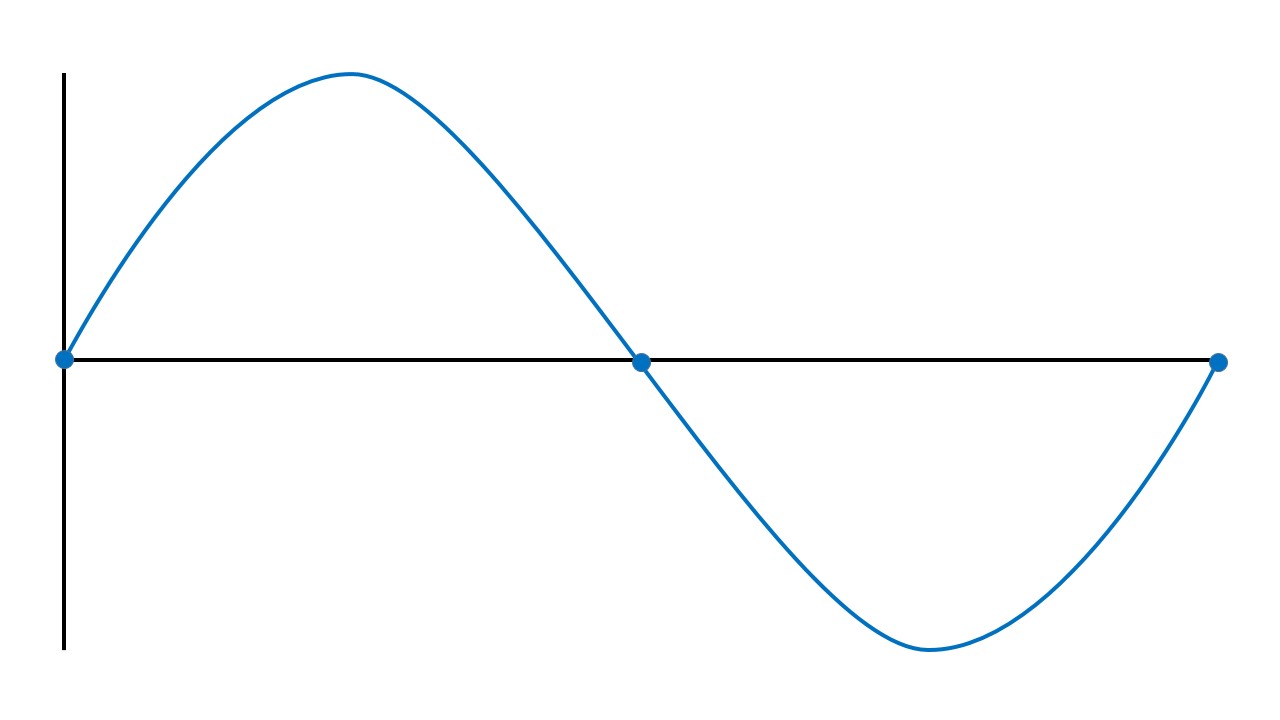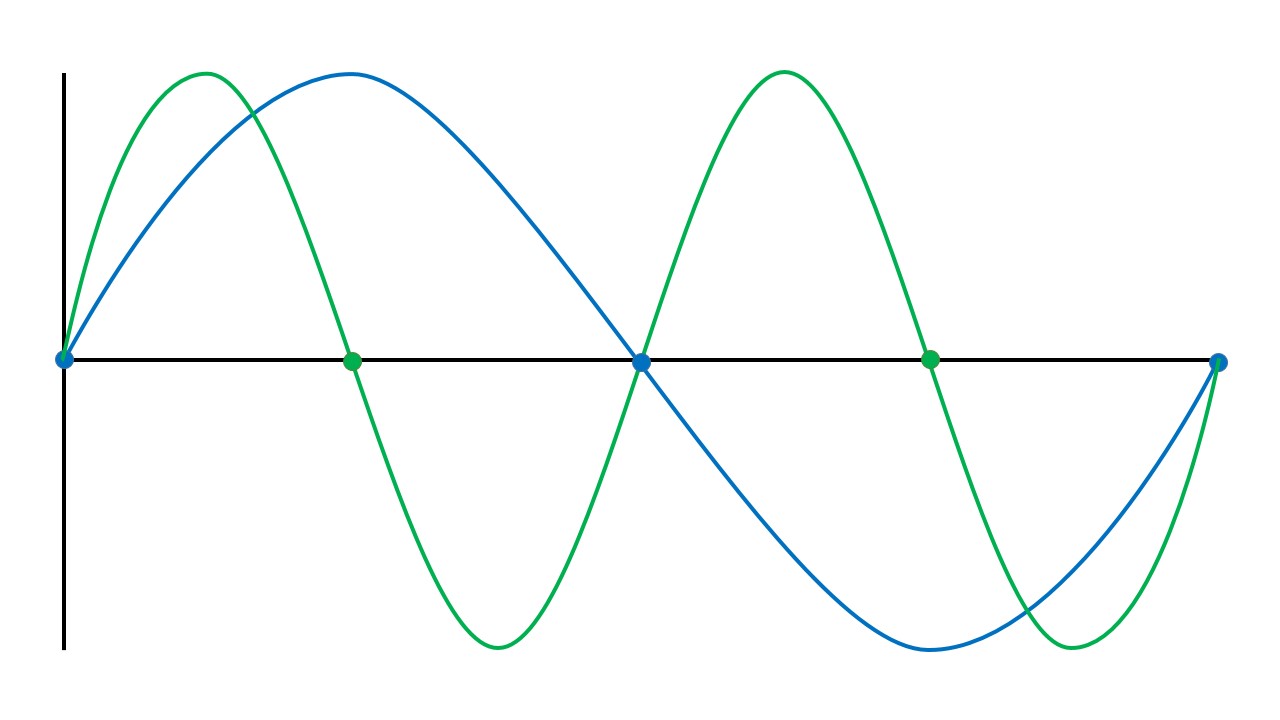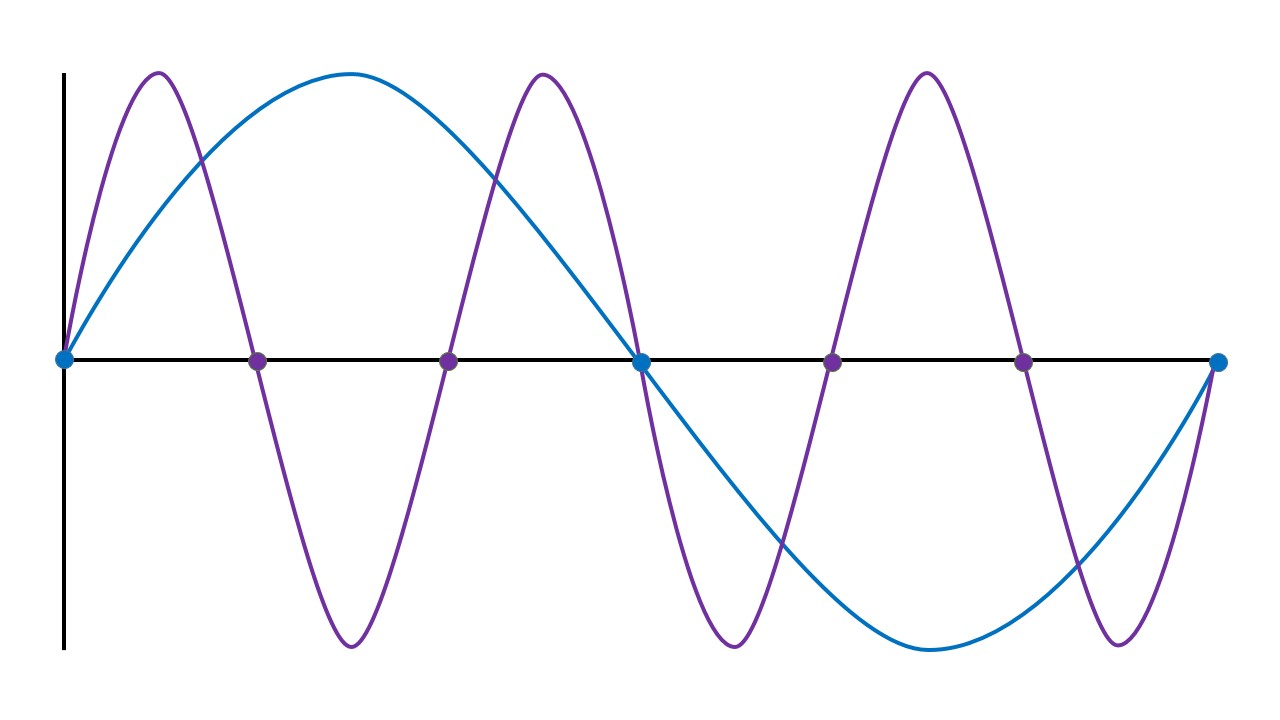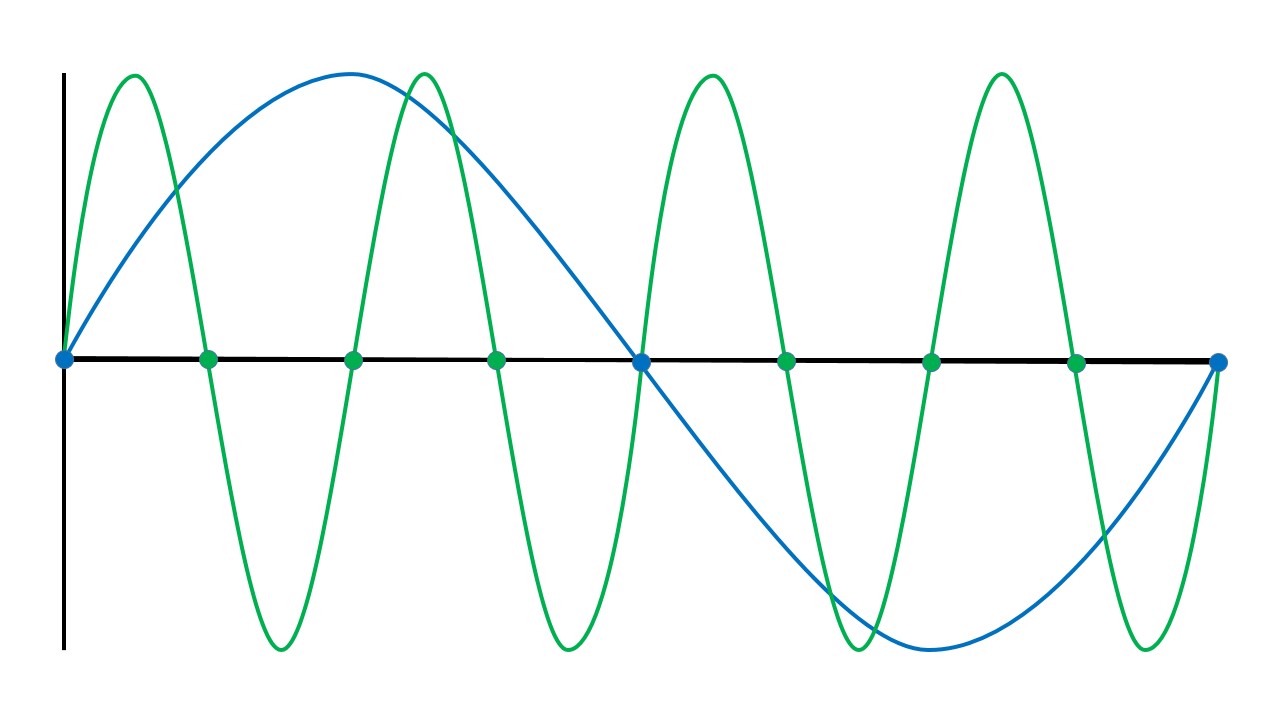Ancient Egypt
The Ancient World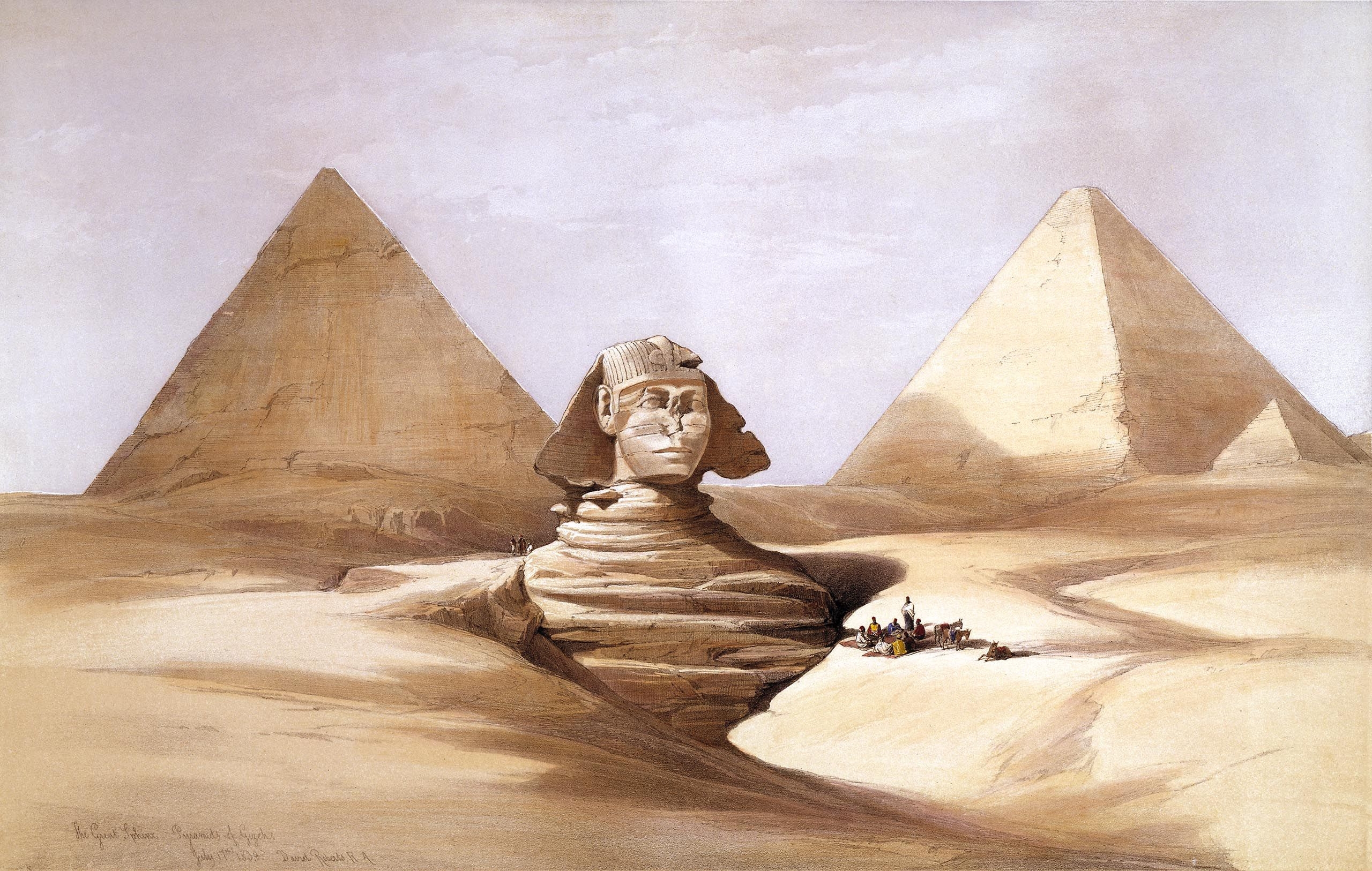
David Roberts, Public domain, via Wikimedia Commons
Egypt grew up along the banks of the Nile River and for a long time was the most advanced civilization in its part of the world. Its recorded history begins in 3100 BC, when Upper Egypt (in the south) and Lower Egypt (in the north) were united under King Menes. Starting in the second millennium BC, the king of Egypt was called the "pharoah" and was considered divine.
The Old Kingdom lasted from 2686 - 2181 BC. It was during this time that the great monuments like the Pyramids of Giza and the Great Sphinx were constructed, demonstrating this ancient society had an exceptional command of mathematics, engineering, masonry, and logistics.
After a period of instability, the Middle Kingdom lasted from 2050 - 1710 BC, and saw a flourishing of art and the development of Egyptian mythology, a polytheistic system that included the gods Horus, Isis, Osiris, and Anubis.
Another time of instability preceded the New Kingdom, which dawned in 1570 BC and lasted until 1155 BC. This was the height of Egyptian power and the time of some of its most famous rulers. Hatshepsut, daughter of Thutmose I and wife of Thutmose II, reigned as pharaoh (technically as regent for her son, Thutmose III) in the 15th century BC. A century later, Pharaoh Akhenaten and his wife, Queen Nefertiti, experimented with monotheism, restricting worship to the sun-god Aten. Like Hatshepsut before her, Nefertiti ruled as pharaoh after her husband's death. When she died, she was succeeded by possibly the most famous pharaoh, her husband's son Tutankhamen. In the 13th century, Pharaoh Ramesses II is usually identified as the oppressor of the Hebrews in the biblical Book of Exodus.

Suaudeau, CC BY-SA 4.0 , via Wikimedia Commons
After the New Kingdom, the power of Egypt declined. The kingdom was defeated by the Assyrians, ruled briefly by the Achaemenid Persians, and finally conquered by Alexander the Great in 305 BC.
When the tomb of King Tutankhamen, undisturbed for over three thousand years, was opened in 1922, countless treasures and riches were found buried with him. Among these was a pair of trumpets, one made of bronze, another of silver. Although their purpose cannot be known for certain, it is likely they were used in war to coordinate troop movements across a large battlefield. Indeed, this was one of the primary uses of brass instruments until the invention of radio in the twentieth century.
Despite the legend that sounding the pharoah's trumpet would herald the beginning of a great war, the instruments were played by a bugler in the British army. When he attempted to play the bronze trumpet, it shattered. The instrument was repaired and played for a BBC radio broadcast heard worldwide in the spring of 1939.
Ancient or modern, musical instruments follow the same fundamental design. Inside the trumpet, air molecules are evenly distributed in equilibrium.

Blowing into the end of the tube will push the air molecules away, causing a rarefaction, which in turn causes a compression on the other side.

The high pressure of the compression then pushes outward, causing compressions on either side of it, and creating a rarefaction where the compression was.

The new compressions push outward, causing new compressions and creating new rarefactions. The wave moves through the tube and system continues to oscillate at a steady frequency.

As the compressions and rarefactions push back and forth, a standing wave is created. Since the tube is a fixed length, waves can be produced with wavelengths that relate to the length of the tube. Since one end of the tube is open, the instrument's fundamental, or the lowest-frequency wave the instrument can produce, is twice the length of the tube. The frequencies of other pitches will be related to the fundamental one through a harmonic series.
